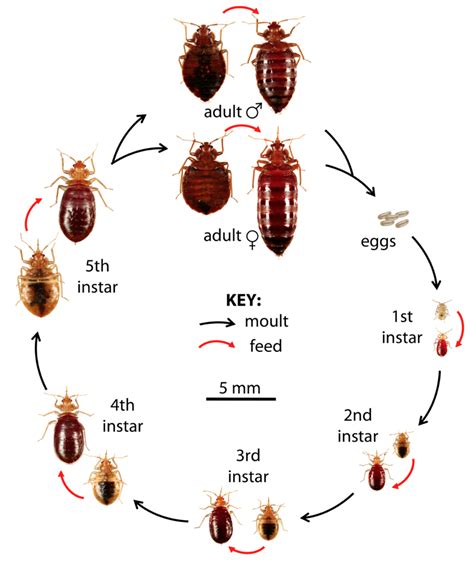How Did James Garfield Die? Uncovering The Truth
The assassination of James A. Garfield, the 20th President of the United States, is a pivotal event in American history that has garnered significant attention and scrutiny. Garfield’s presidency was cut short when he was shot by Charles J. Guiteau on July 2, 1881, at the Baltimore and Potomac Railroad Station in Washington, D.C. However, the circumstances surrounding his death are more complex and intriguing than initially meet the eye.
To unravel the truth behind Garfield’s demise, it’s essential to examine the events leading up to the assassination, the shooting itself, and the subsequent medical treatment that Garfield received. On the morning of July 2, 1881, Garfield arrived at the Baltimore and Potomac Railroad Station, intending to board a train to New Jersey, where he would attend a reunion at his alma mater, Williams College. As he walked through the station, Guiteau, a disgruntled and unstable individual, stepped forward and fired two shots from his revolver at point-blank range. One bullet grazed Garfield’s arm, while the other lodged behind his pancreas, causing significant internal damage.
The initial medical response to Garfield’s shooting was prompt, but the treatment he received would ultimately prove to be inadequate and even detrimental to his recovery. A team of doctors, led by Dr. Willard Bliss, attended to Garfield and attempted to locate the bullet using primitive medical techniques. They probed the wound with unsterilized fingers and instruments, which introduced bacteria into the wound and led to the development of severe infections. Furthermore, the doctors’ failure to properly clean and dress the wound, combined with their inadequate understanding of internal injuries, hindered Garfield’s chances of recovery.
In the days and weeks following the shooting, Garfield’s condition deteriorated rapidly. He suffered from persistent pain, fever, and infection, which were exacerbated by the subpar medical care he received. The medical team’s decision to provide Garfield with large quantities of morphine and other narcotics to manage his pain also had unintended consequences, as it weakened his immune system and made him more susceptible to infection.
As Garfield’s health continued to decline, his doctors became increasingly desperate, and their treatment methods grew more experimental and unorthodox. They employed a range of questionable techniques, including the use of metal detectors to locate the bullet and the administration of questionable medications. However, these efforts were ultimately futile, and Garfield’s condition continued to worsen.
On September 19, 1881, after 79 days of suffering, James A. Garfield succumbed to his injuries, becoming the second U.S. president to be assassinated. The autopsy report revealed that the bullet had caused significant damage to Garfield’s internal organs, including his pancreas, spleen, and kidneys. Additionally, the report highlighted the presence of severe infections, which had spread throughout his body, ultimately leading to his demise.
In conclusion, the death of James A. Garfield was a result of a combination of factors, including the initial shooting, inadequate medical treatment, and the introduction of infections into his wound. While Guiteau’s actions were undoubtedly the catalyst for Garfield’s demise, the subsequent medical response played a significant role in determining the outcome. As we reflect on this pivotal event in American history, it’s essential to recognize the importance of proper medical care and the need for continued advancements in medical science to prevent similar tragedies from occurring in the future.
Key Takeaways
- James A. Garfield was assassinated by Charles J. Guiteau on July 2, 1881, at the Baltimore and Potomac Railroad Station in Washington, D.C.
- The initial medical response to Garfield’s shooting was inadequate, and the treatment he received ultimately proved to be detrimental to his recovery.
- Garfield’s death was the result of a combination of factors, including the initial shooting, inadequate medical treatment, and the introduction of infections into his wound.
- The autopsy report revealed significant damage to Garfield’s internal organs, including his pancreas, spleen, and kidneys, as well as the presence of severe infections.
Faq
Who was responsible for James A. Garfield’s assassination?
+Charles J. Guiteau was responsible for James A. Garfield’s assassination. He shot Garfield on July 2, 1881, at the Baltimore and Potomac Railroad Station in Washington, D.C.
What were the circumstances surrounding Garfield’s medical treatment?
+Garfield’s medical treatment was inadequate and often experimental. His doctors probed the wound with unsterilized fingers and instruments, introduced bacteria into the wound, and failed to properly clean and dress the wound. These actions led to severe infections and hindered Garfield’s chances of recovery.
What was the ultimate cause of Garfield’s death?
+Garfield’s death was the result of a combination of factors, including the initial shooting, inadequate medical treatment, and the introduction of infections into his wound. The autopsy report revealed significant damage to Garfield’s internal organs, including his pancreas, spleen, and kidneys, as well as the presence of severe infections.


